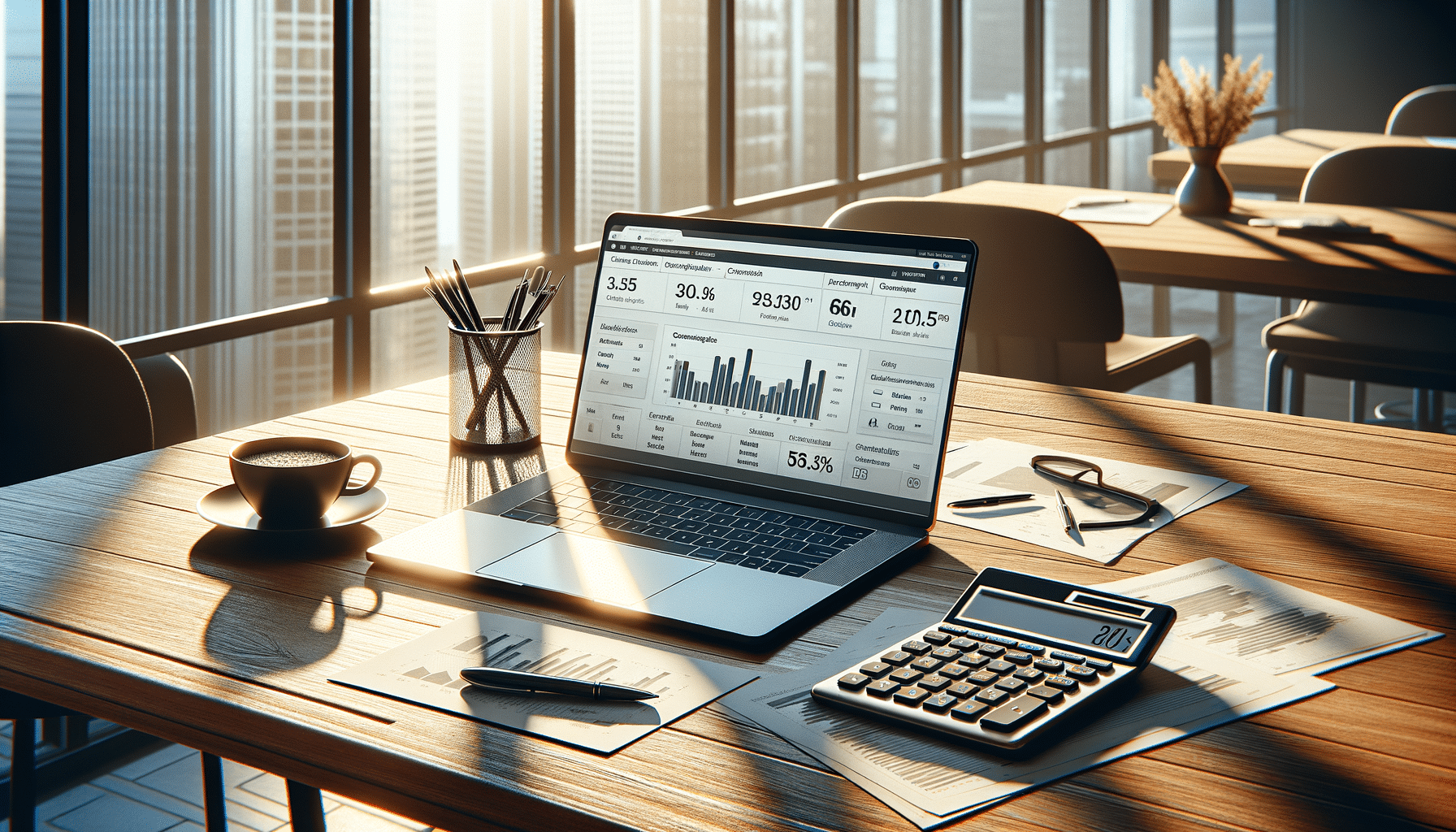
3 Things You Should Unplug Right Now to Save Money
Introduction: The Hidden Costs of Standby Power
In today’s fast-paced world, saving money has become a priority for many households. One often overlooked method of reducing expenses is by addressing the hidden costs associated with standby power. Standby power, also known as phantom load, refers to the energy consumed by electronics and appliances even when they are turned off but still plugged in. This wasted energy can add up significantly over time, impacting your electricity bill more than you might realize. By identifying and unplugging certain devices, you can make a meaningful dent in your monthly expenses.
Unplugging Kitchen Appliances
The kitchen is often a hub of energy consumption, with numerous appliances contributing to your electricity use. Devices such as microwaves, coffee makers, and toasters are notorious for drawing power even when not in active use. For instance, digital displays and clocks on these appliances can consume energy continuously. By unplugging these devices when they are not needed, you can prevent unnecessary energy loss. Consider the following steps:
- Unplug the microwave when not in use. The digital clock can be a constant drain on your electricity.
- Disconnect the coffee maker after your morning brew. Many models have digital displays that consume power.
- Store the toaster unplugged, as it is only used for short periods.
These small adjustments can lead to noticeable savings on your energy bill over time, making a significant difference in your annual expenses.
Power Strips: A Convenient Solution
One of the most efficient ways to manage multiple devices that consume standby power is by using power strips. Power strips allow you to control the power supply to several devices with a single switch. This is particularly useful for entertainment systems, where televisions, gaming consoles, and sound systems can all be connected. Here’s how power strips can help:
- Connect all components of your home theater to a single power strip. Turn off the strip when not in use to cut power to all devices simultaneously.
- Use smart power strips that automatically cut power when devices are not in use.
- Place power strips in easily accessible locations to encourage regular use.
By integrating power strips into your home, you can simplify the process of unplugging devices and ensure that you are not paying for energy you are not actively using.
Office Equipment and Energy Efficiency
With the rise of remote work, home offices have become common in many households. Computers, printers, and other office equipment can be significant contributors to energy consumption if left plugged in. To save money, consider the following strategies:
- Shut down computers completely at the end of the day instead of leaving them in sleep mode.
- Unplug printers and scanners when not in use, as they often consume power in standby mode.
- Use energy-efficient settings on your devices to further reduce power usage.
Implementing these practices in your home office can lead to a reduction in electricity costs, contributing to overall savings.
Conclusion: Small Changes, Big Impact
In conclusion, taking control of standby power usage is a practical and effective way to save money on your electricity bill. By unplugging kitchen appliances, utilizing power strips, and managing office equipment wisely, you can minimize energy waste and its associated costs. These small changes not only benefit your wallet but also contribute to a more sustainable lifestyle. Start today by identifying devices in your home that can be unplugged, and watch as your savings grow over time. Remember, it’s the little things that often make the biggest difference.


